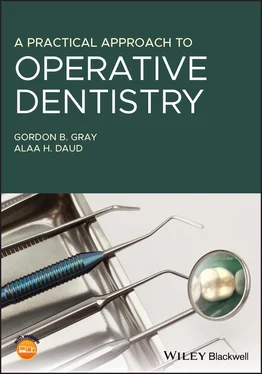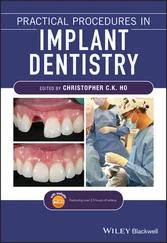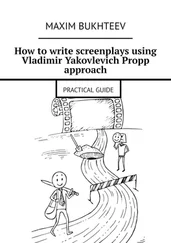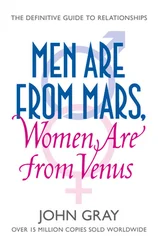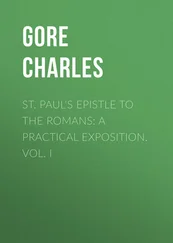While this book acts as a core text for teaching clinical skills to dental undergraduate students, it may also be useful for those practicing or teaching dentistry or in preparation for practical professional examinations, such as the Overseas Registration Exam and the Licence in Dental Surgery.
We would like to thank those who have contributed pictures for this book and have reviewed the manuscript and made useful suggestions.
We would like to express our gratitude to Philip Sellen, Joseph Green, and Chris Mills for their assistance with the photography and videos in this book.
This book could not have been written without the encouragement of a number of people, including Professors Robert Paterson and Andrew Watts for their continued support over many years and for some pictures that are reproduced in this book.
The time involved in writing this book would not have been possible without the understanding and support of family and friends.
About the Companion Website
Don't forget to visit the companion website for this book:
www.wiley.com/go/gray/operative‐dentistry 
There you will find valuable material designed to enhance your learning, including:
Videos of clinical procedures
Self‐assessment questions
Scan this QR code to visit the companion website

Section I Restorative Dentistry
The instruments contained in an operative tray are concerned with the diagnosis of disease and operative management of carious cavities. The dental mirror, straight, and Briault probe are used for diagnosis of cavities. Some kits will also contain periodontal probes.
Dental mirrors have a number of functions that include not only indirect vision but reflecting light onto tooth surfaces and retracting soft tissues to protect them from sharp burs.
Probes are used for the exploration of tooth surfaces or, more usually, for the exploration of a prepared cavity. This will provide the operator with knowledge of the surface texture and hardness of the dentine surface within a cavity. It should be noted, however, that the use of sharp probes in fissures can break down the surface and accelerate the progress of a carious lesion. The Briault probe is a double ended instrument that is very useful to exploring for cavitation between teeth and under restoration margins. It should be used lightly to avoid iatrogenic damage.
Periodontal probes are used to measure attachment loss, furcation involvement, and bleeding on probing. The WHO probe has coloured bands that correspond to the Basic Periodontal Examination grading system, and this probe has a small ball end to avoid trauma. The Williams probe has markings at 1 mm intervals and is used to make pocket depth measurements around each tooth when completing a periodontal charting.
These instruments include those used in removing carious dentine and refining the margins of a cavity. Excavators come in a variety of shapes and sizes and should be used carefully for paring away soft dentine. Marginal trimmers are excellent in removing unsupported enamel. The instruments have sharp cutting edges and must be kept sharp to be effective. Some marginal trimmers have a tip of tungsten carbide so that they can maintain their sharpness.
A double ended PF10 instrument is used to transfer dental cements to the cavity floor where it can spread the material smoothly and evenly. An amalgam gun is used to transfer the mixed filling material into the cavity, where it can be condensed using a variety of double ended amalgam condensers. Composite resin is used increasingly frequently in the restoration of teeth. Composite resin sticks to the surface of stainless steel instruments. A range of gold plated stainless steel instruments is available for transferring and shaping this restorative material.
The final shaping of restorations can be achieved using carvers. These double ended instruments have a leaf shaped blade that can be rested on the surrounding tooth structure to help guide the final shape of the restoration.
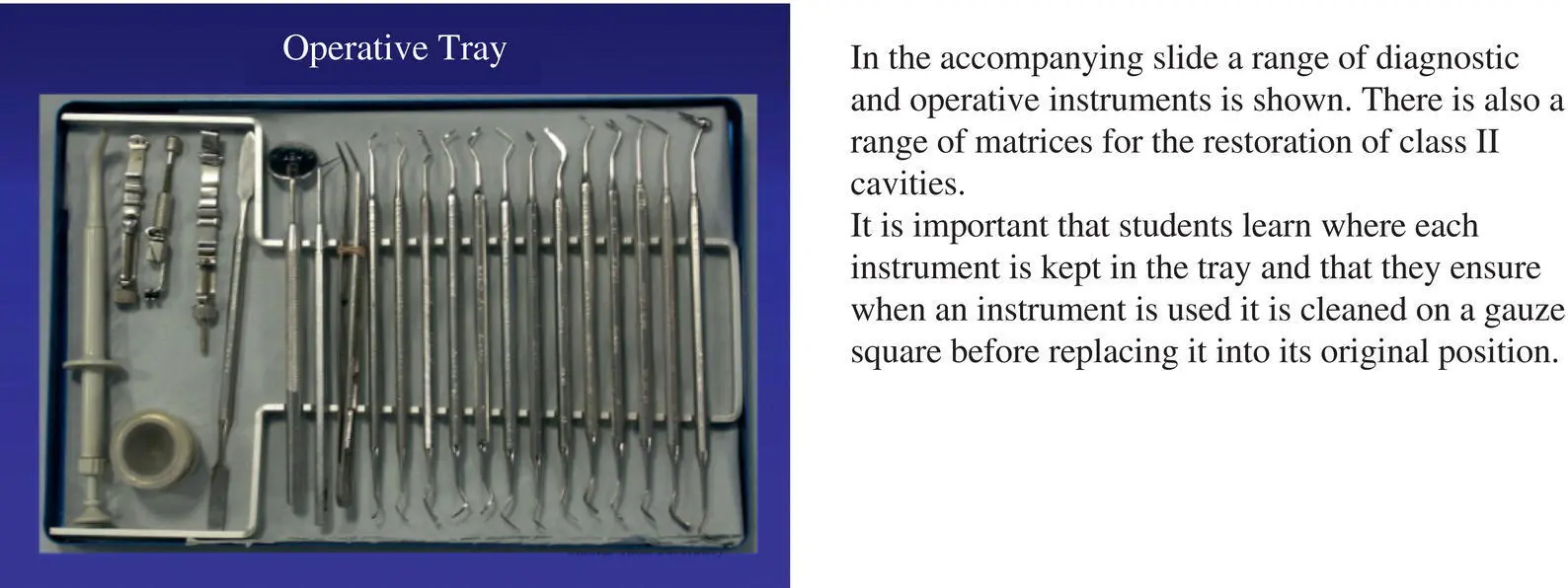
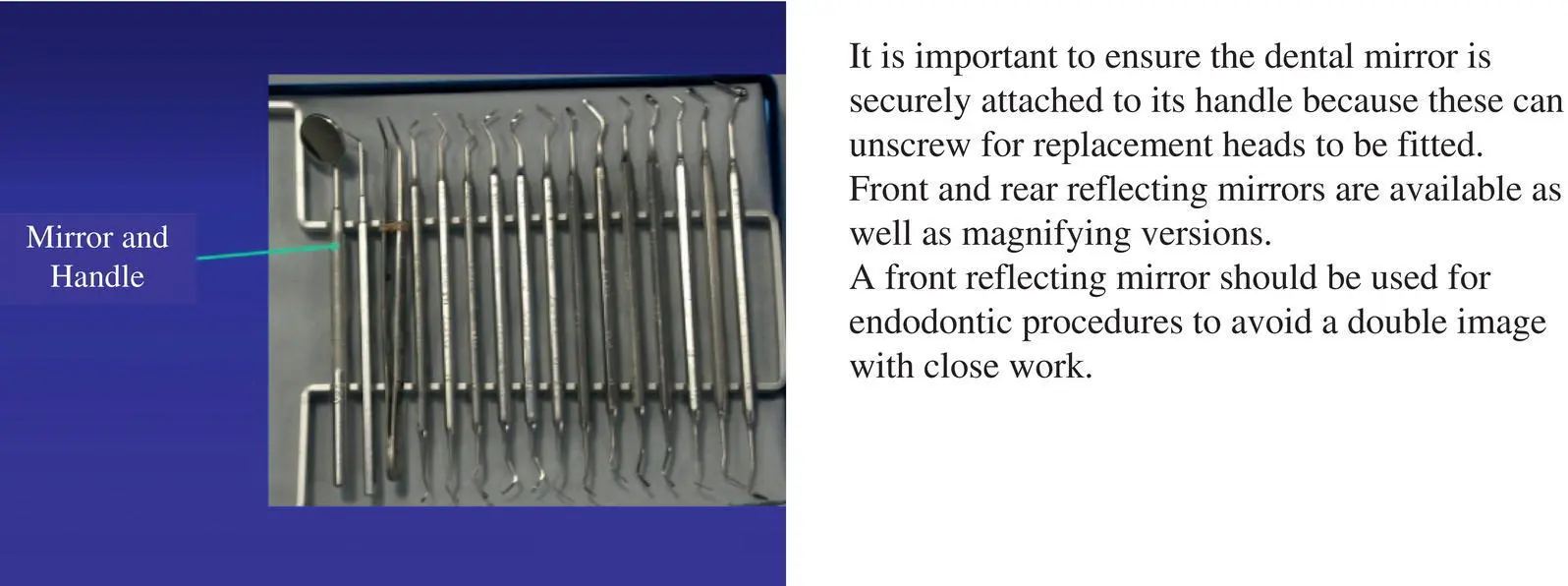
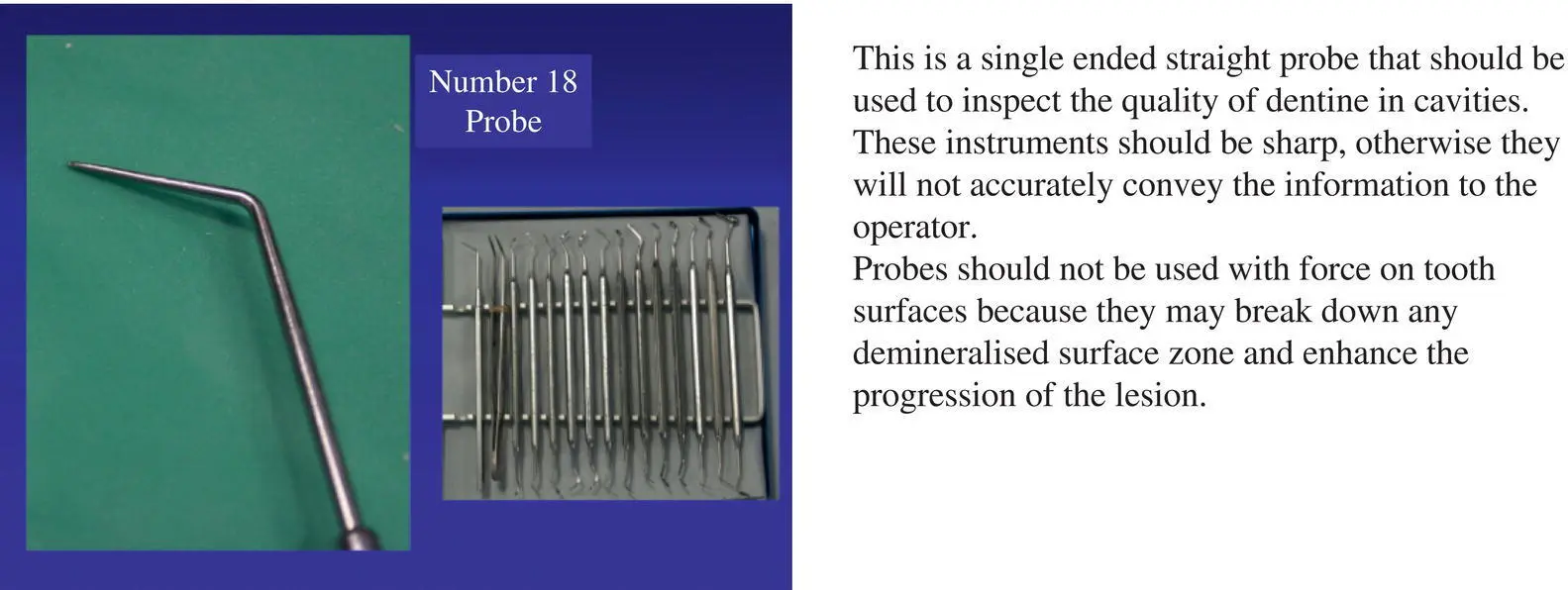
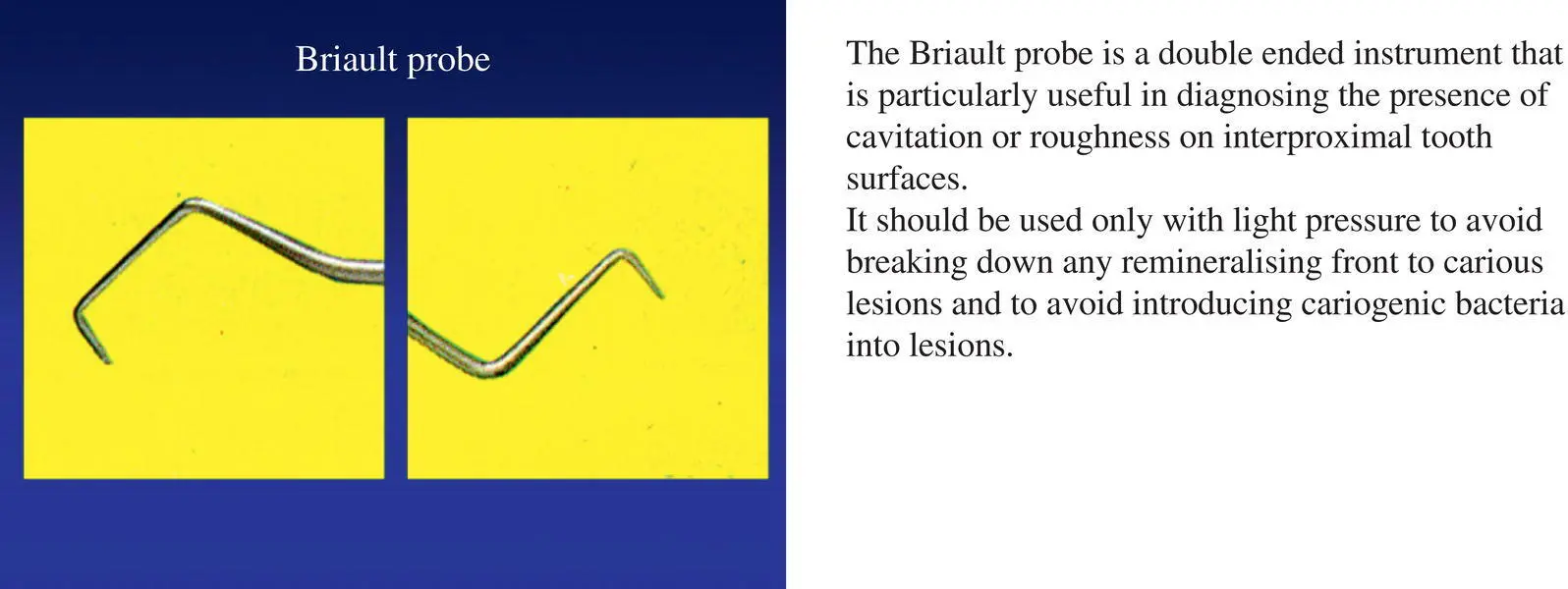
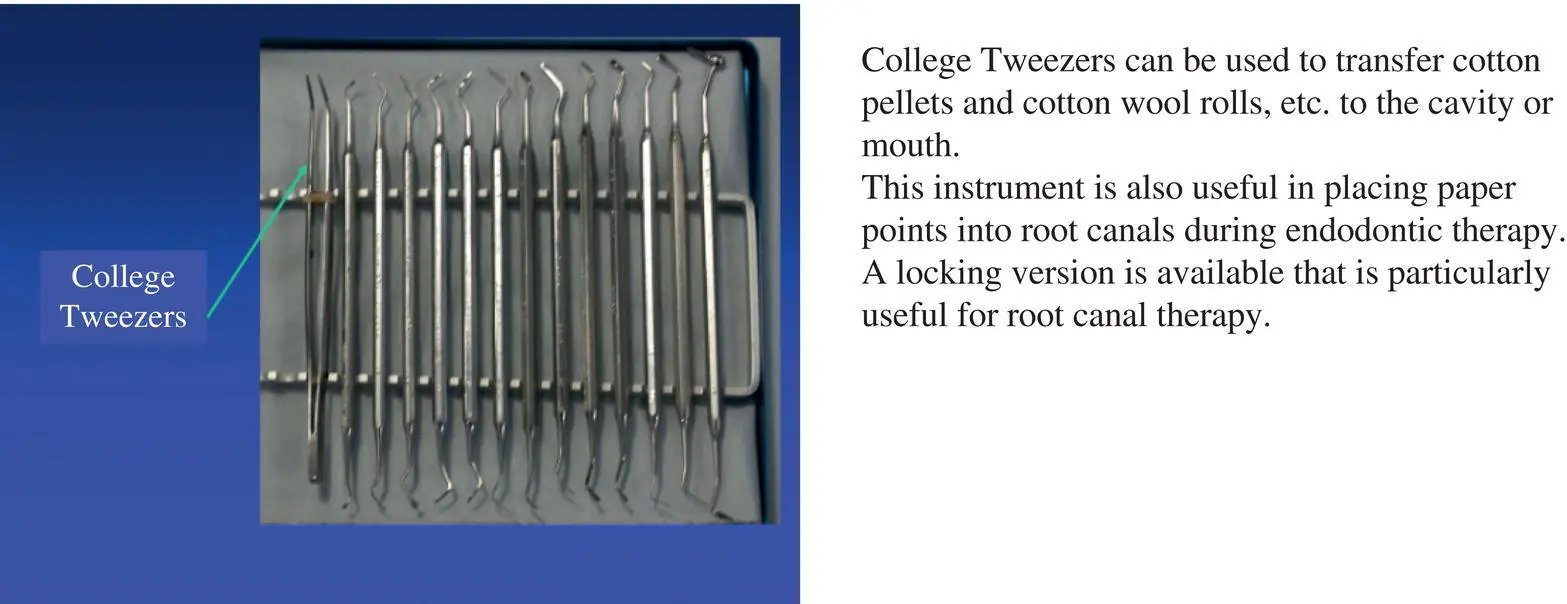
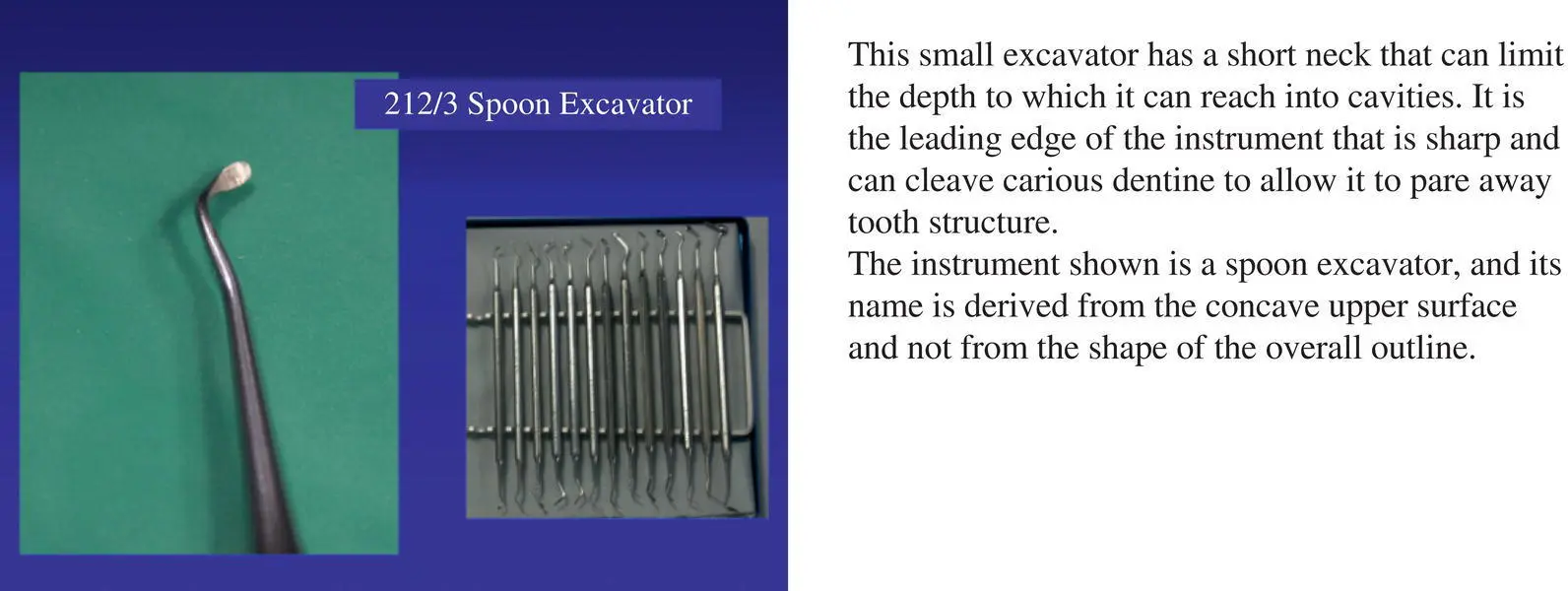

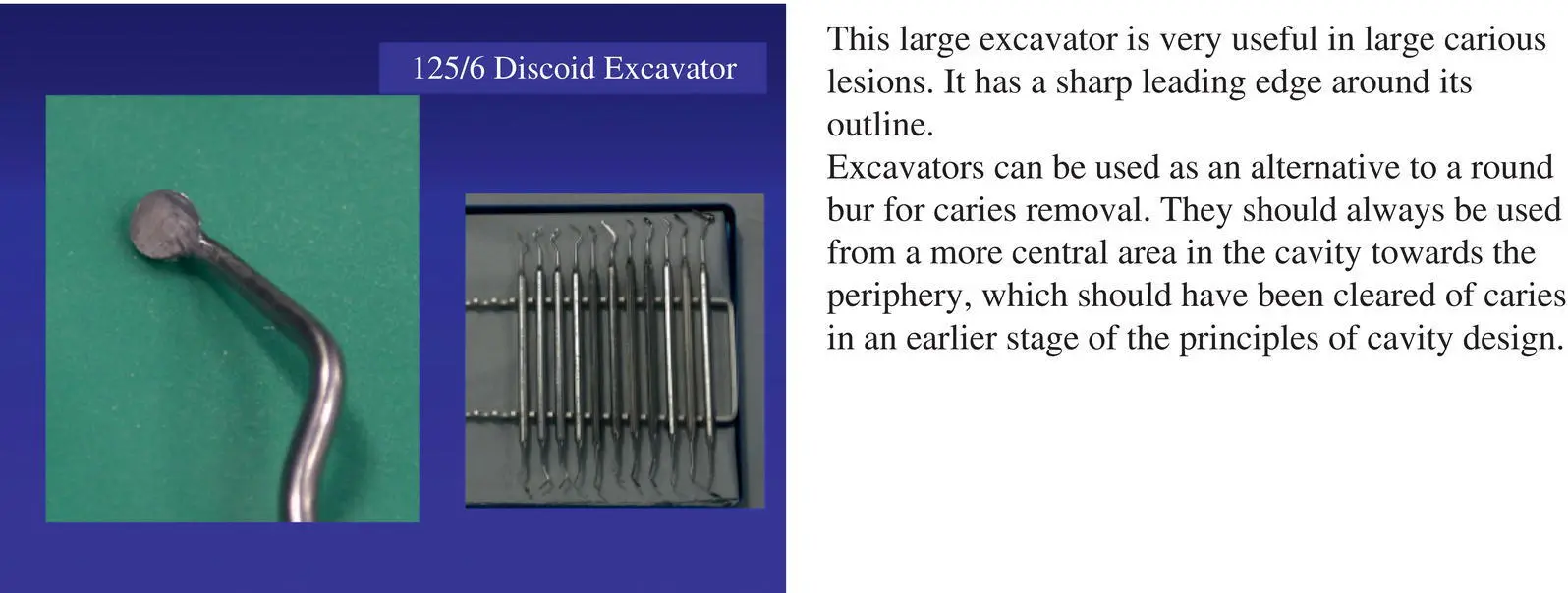

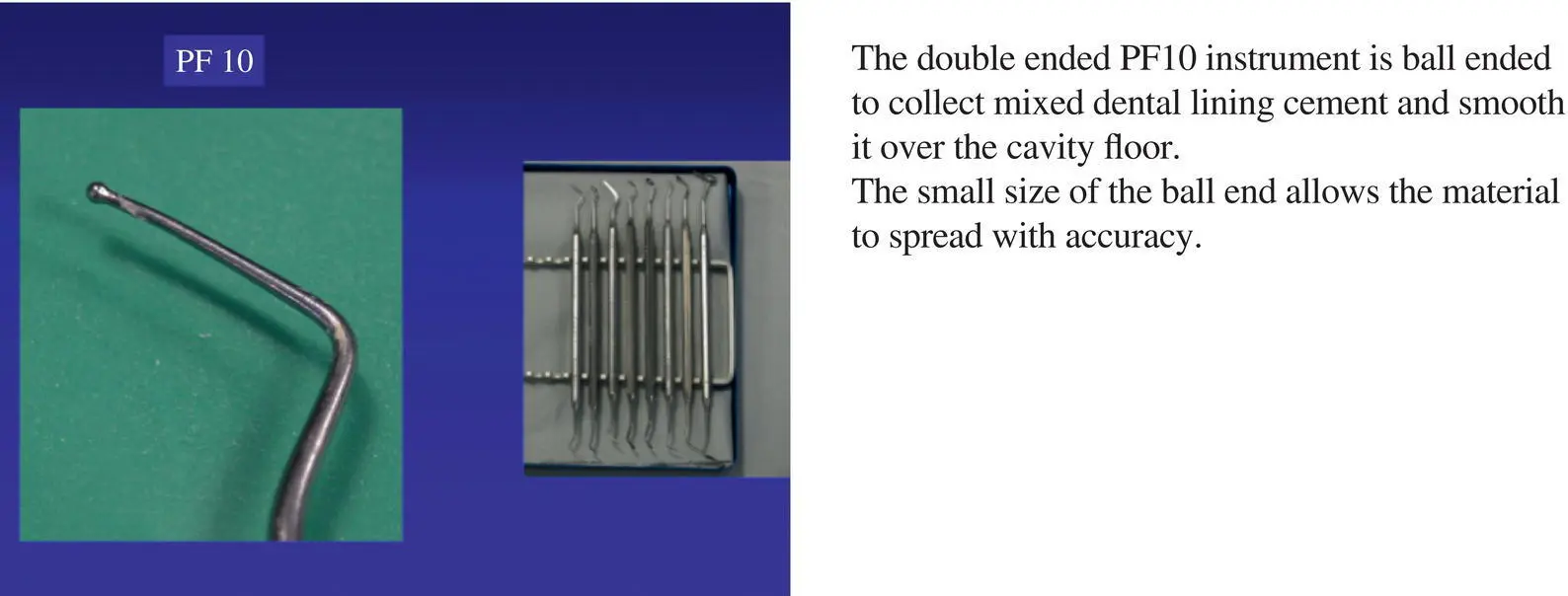

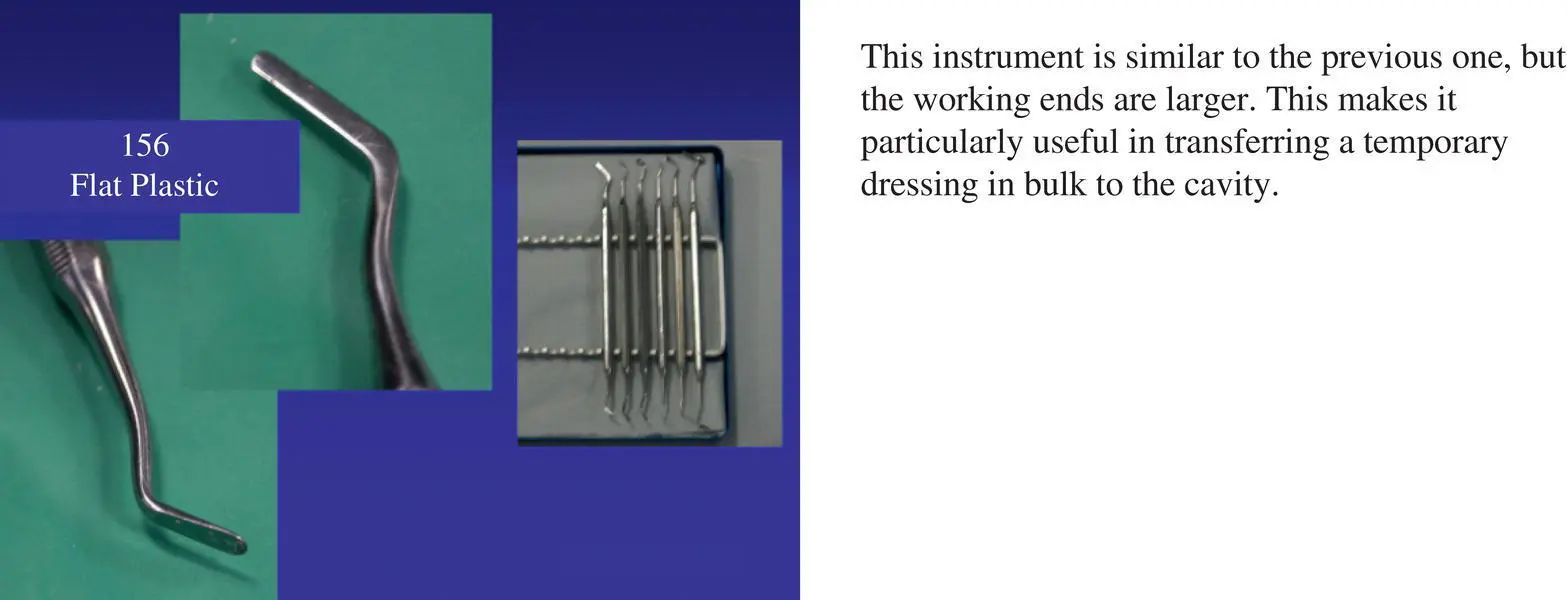
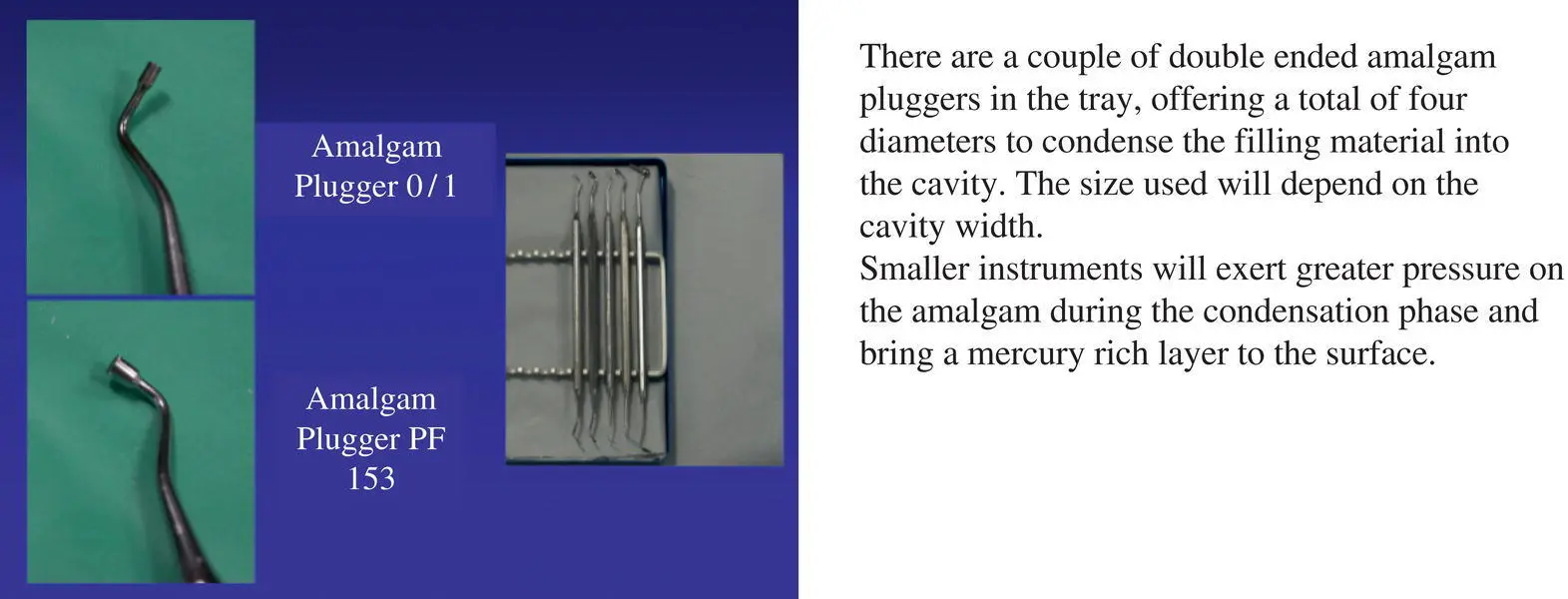
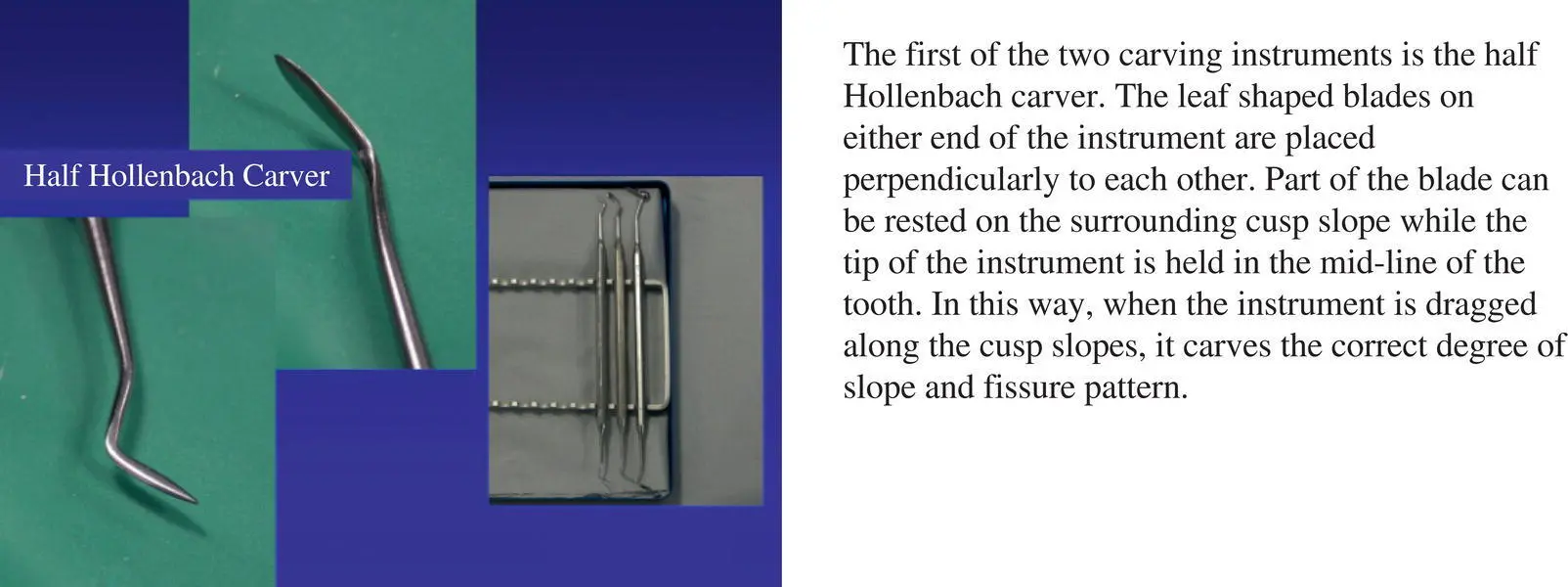
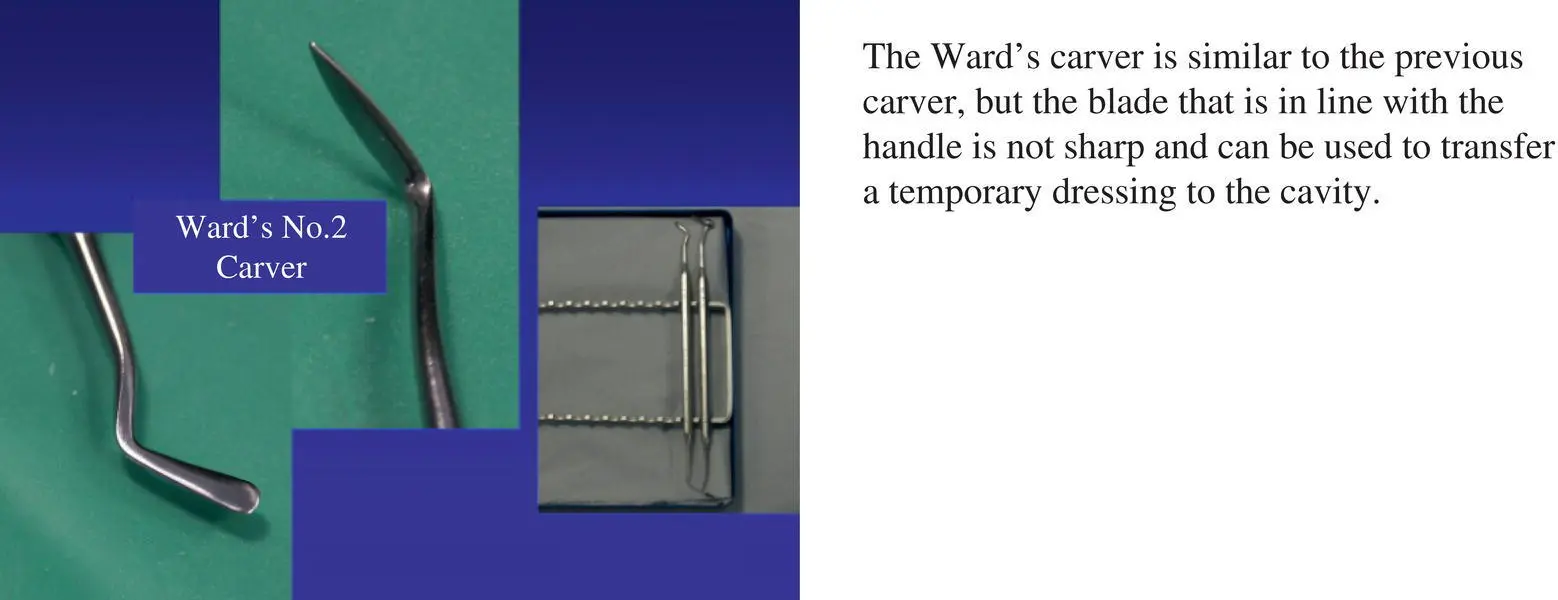
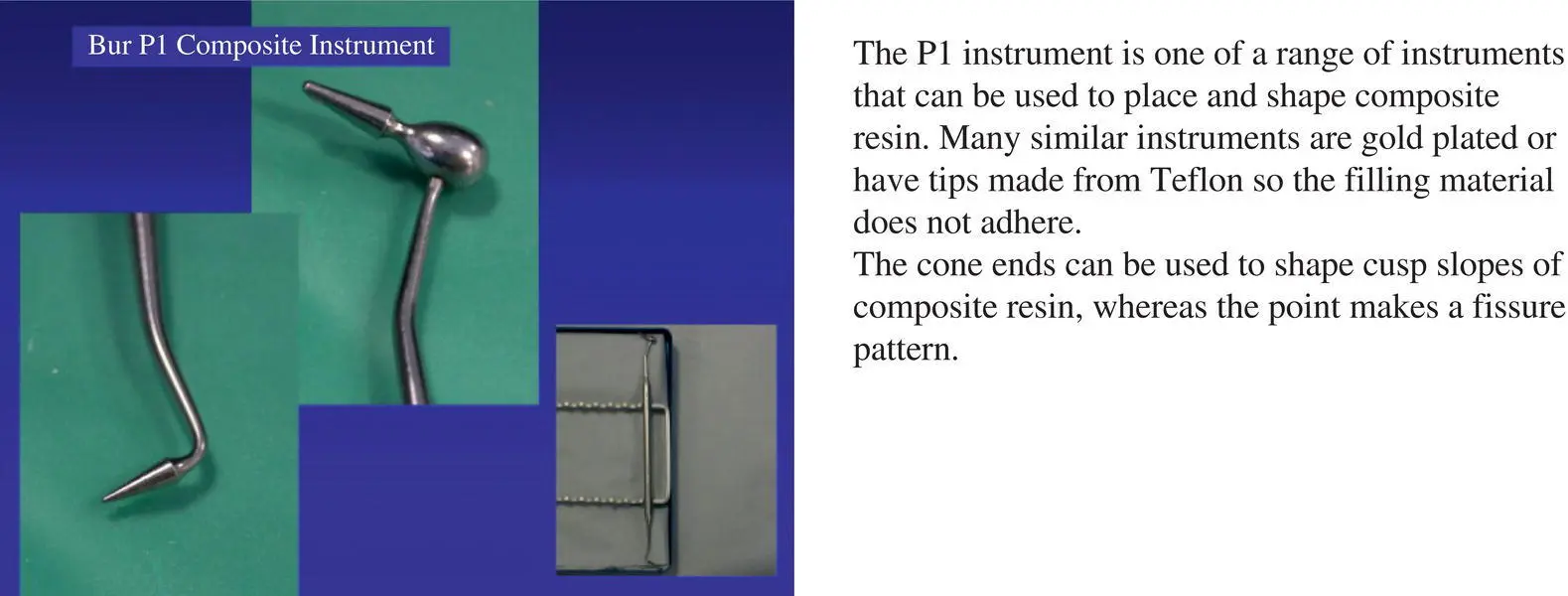
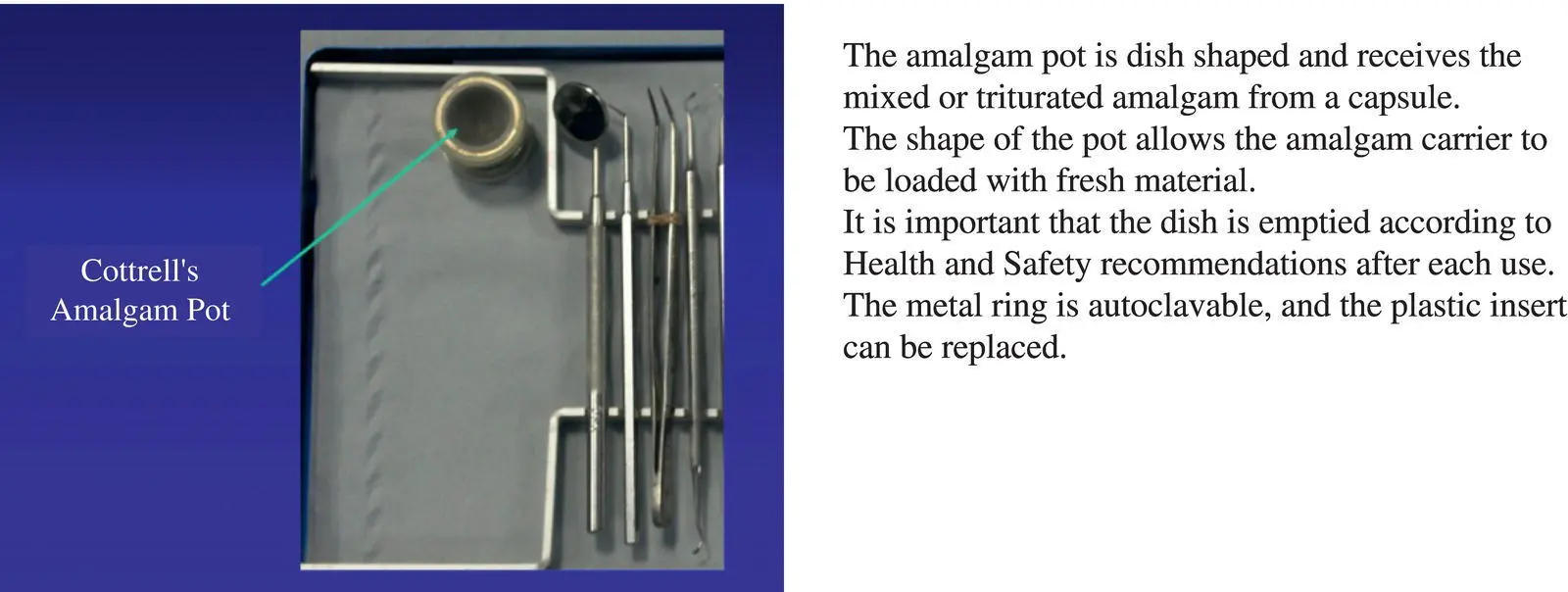
Читать дальше
